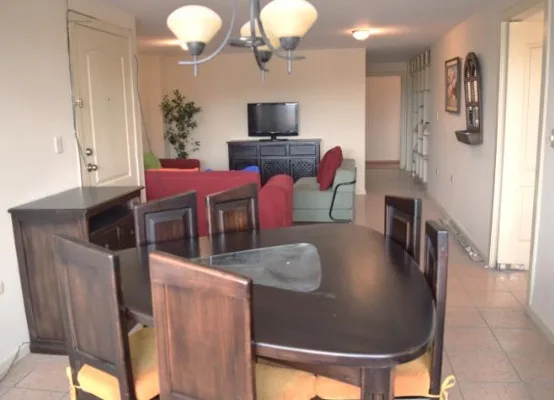ACCESS CUENCA´Bomb´ around for two bits on the magic buses of Cuenca
Among the first sights newcomers to Cuenca notice, along with the billowing white clouds, the rolling green hills, and the red-tile roofs, are the big blue buses that spew black diesel fumes into the otherwise colorless alpine air.

Hundreds of them bomb around town, from roughly 5:45 a.m. till 11 p.m. weekdays and 6 a.m. to 7 p.m. weekends, servicing more than two dozen lines operated by seven different bus companies.
The buses of Cuenca aren’t a common topic of conversation among the gringos I’ve met and in the couple dozen bus rides I’ve taken here, I’ve seen only two other Americans, and they were together.
Why is this? For one, Cuenca has a highly walkable metro area, especially around El Centro. For another, the far more direct, comfortable, and secure taxis charge only $2 or so to take you most places within the city proper.
For a third, as recently as late last year, the buses were pretty much the dominion of Cuencanos, because they were the only ones who knew where the damn things went! Up until then, Cuenca lacked a printed guide to the bus routes. Thus, even today, though Ecuadorians don’t seem to mind me riding along, they do often look at me like, what’s that gringo doing on a bus? (Indeed, when I saw the American couple, I said to myself, what are those gringos doing on a bus?)
However, last October the Guía de la Ciudad y Transporte Urbano was published. I got mine last week at the Chamber of Commerce (I also hear they’re available at iTur, the tourist office opposite Parque Calderón) and talk about opening up my world. How convenient — liberating, actually — it is for an inveterate bus rider like me to know where they all go.
I also now know what an excellent mass-transportation system Cuenca boasts. Buses run to all corners of the suburbs and exurbs, from Challuabamba to Narancay, from Racar to El Valle, from San Joaquin to Ricaurte, from Sayausí to Capulispamba.
You determine the buses’ route numbers, ultimate destinations, and main stops along the way by the signs in the lower left corner of their front windshields.
 Big blue bus-stop signs (Parada de Bus) line all the busy streets; the closer you are to El Centro, the more signposted bus stops there are. Where there aren’t any signs, you flag down the bus and it picks you up wherever you happen to be. (You don’t put your palm up in the common American “stop” gesture; instead, your palm faces the ground and you sort of make a “slow-down” motion to signal the driver.)
Big blue bus-stop signs (Parada de Bus) line all the busy streets; the closer you are to El Centro, the more signposted bus stops there are. Where there aren’t any signs, you flag down the bus and it picks you up wherever you happen to be. (You don’t put your palm up in the common American “stop” gesture; instead, your palm faces the ground and you sort of make a “slow-down” motion to signal the driver.)

Always enter the bus through the front door.
The fare is a quarter. You can go anywhere the buses go by dropping 25 cents into the slot on the coin acceptor. You can do it even cheaper with a bus pass that’s scanned by an electronic reader. There’s no such thing as a transfer, but what the hell; drop another two bits into the hopper to catch a second bus. What can you buy for a quarter anymore in the States?
Most of the buses have hard plastic seats, though some feature cushier fabric and foam.
As always, anywhere in the world, be aware of your belongings and surroundings. Especially during rush hours, commuters pack the buses, rendering them prime hunting grounds for pickpockets and sneak thieves.
Finally, always exit out the back. Just press the red button on the post by the back door; that signals the driver you want to get off.

Watch this space, and AccessEcuador.com, for more about the bus lines of Cuenca and the many neighborhoods they service.


















